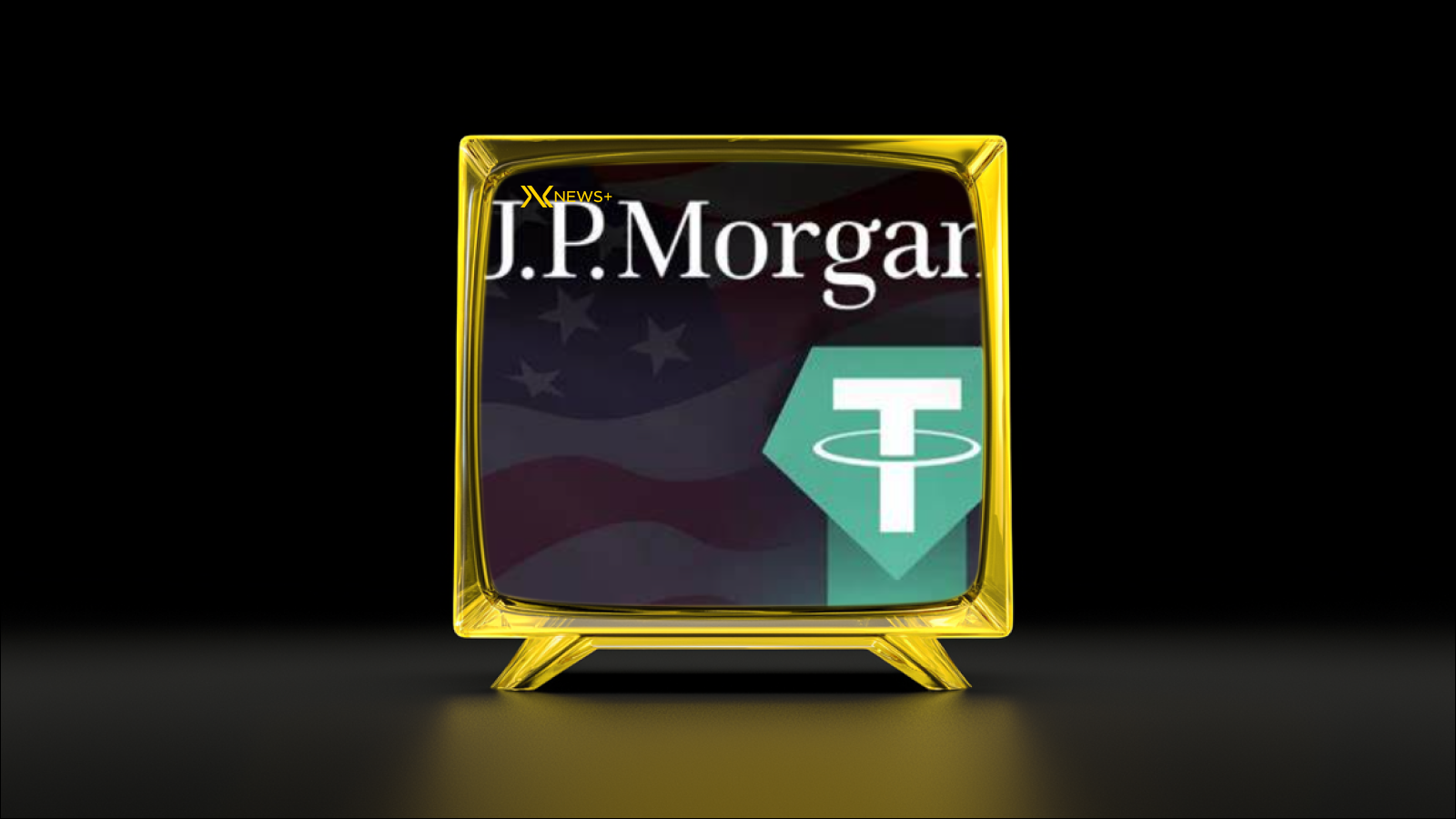Explore the booming $224 billion stablecoin market in 2025, key regulatory developments, and challenges for Tether with proposed regulations in the US and Europe.
Stablecoin Market Reaches Record $224 Billion in 2025
The stablecoin market has been experiencing exponential growth, with projections indicating that it could reach a remarkable $224 billion by 2025. This notable increase reflects the increasing demand for stable digital assets that offer the advantages of cryptocurrencies without the volatility typically associated with them.
As the market expands, companies like Tether, a prominent player in the stablecoin space, are facing heightened scrutiny regarding their compliance with evolving regulations. The anticipated Tether Compliance Challenges arise from the proposed US Stablecoin Regulations, which aim to create a more structured environment for the issuance and management of these digital currencies.
The growth of the stablecoin market can be attributed to various factors, including:
- Widespread adoption by users and merchants for everyday transactions.
- Increased use in decentralized finance (DeFi) applications.
- Growing interest from institutional investors looking for stable assets.
In this environment, maintaining compliance while scaling operations will be crucial for Tether and similar stablecoin issuers. Failure to navigate the proposed regulations could impact their market position and growth trajectory significantly.
The landscape for US Stablecoin Regulations is evolving rapidly as regulatory bodies in the United States and Europe strive to establish frameworks that govern the use and issuance of stablecoins. Recent proposals aim to address the persistent uncertainties surrounding digital currencies, aiming for greater consumer protection and financial stability. In the US, legislative efforts have been marked by significant debates among policymakers, focusing on the balance between innovation in fintech and the need for robust oversight.
In Europe, regulatory initiatives like the Markets in Crypto-Assets Regulation (MiCA) are being implemented, which will directly impact the operations of stablecoins in the region. This creates a complex landscape where companies like Tether must navigate varying compliance requirements across jurisdictions. Tether compliance challenges are magnified by the scrutiny of regulators eager to understand how these cryptocurrencies’ peg to traditional currencies works in practice.
As a result, both jurisdictions are earnest in their efforts to create a synchronized regulatory environment that could facilitate cross-border digital currency operations while ensuring transparency. This harmonization might be crucial for Tether and others in the stablecoin sector, as variations in legal frameworks may lead to operational hurdles and increased costs. The implications of these regulations are poised to reshape how stablecoins function in the global marketplace.
The path forward for US and European stablecoin regulations will significantly influence the future of digital currencies and the businesses that operate within this space. Companies like Tether must carefully assess how these developments will affect their strategic operations and compliance protocols.
The landscape of cryptocurrency regulation is rapidly evolving, particularly with the introduction of both the STABLE Act and the GENIUS Act in the United States. While both legislative proposals aim to provide a framework for the use and issuance of stablecoins, they differ significantly in their approach and implications for existing players like Tether.
The STABLE Act, which stands for the Stablecoins Tethering and Bank Licensing Enforcement Act, emphasizes stringent compliance requirements. It mandates that stablecoin issuers obtain banking charters and adhere to banking regulations. This could prove to be a significant obstacle for Tether, given its current operating model. In contrast, the GENIUS Act (The Generating Encrypted and Necessary Infrastructure for U.S. Stablecoins Act) adopts a more flexible stance, prioritizing innovation while promoting consumer protection without burdening issuers with excessive regulation.
Key differences also extend to consumer protections, as the STABLE Act emphasizes risk management and consumer safeguards, while the GENIUS Act focuses on fostering a competitive environment. As Tether continues to navigate these changing regulations, Tether compliance challenges will be at the forefront of its efforts to adapt to the proposed US Stablecoin Regulations.
The variations between these two acts could shape the future of stablecoin operations and influence how companies like Tether align their strategies with compliance demands. Being proactive in understanding these differences may be crucial for Tether’s ongoing viability in a regulated environment.
Challenges for Tether Under Proposed Regulations
The upcoming US Stablecoin Regulations present a host of challenges for Tether, which is the largest stablecoin issuer in the market. Compliance with these regulations could require Tether to undergo significant operational changes, including enhanced transparency and reporting standards. Such requirements aim to foster trust among users and regulators, but for Tether, the transition might not be seamless.
One of the main concerns centers around liquidity and reserve management. Tether has historically faced scrutiny regarding its reserves and whether they sufficiently back its issued tokens. The proposed regulations may demand clearer disclosures regarding the types of assets held in reserve, raising questions about existing practices and compliance strategies.
Additionally, Tether compliance challenges may arise from stringent KYC (Know Your Customer) and AML (Anti-Money Laundering) protocols that could significantly alter how Tether interacts with its users. The potential for increased oversight from regulators might not only complicate Tether’s operations but could also impact user experience and lead to a reduction in market competitiveness.
As Tether navigates these proposed regulations, it will need to strike a balance between meeting compliance mandates and maintaining its position in the competitive stablecoin landscape. Failure to comply could not only result in hefty fines but also harm consumer trust, which has already been a sensitive topic in the crypto space.
Disclaimer
This article is for informational purposes only and should not be considered financial or investment advice. Cryptocurrency investments carry risks, and readers should conduct their own research before making financial decisions.
Click for Darkex news articles.





